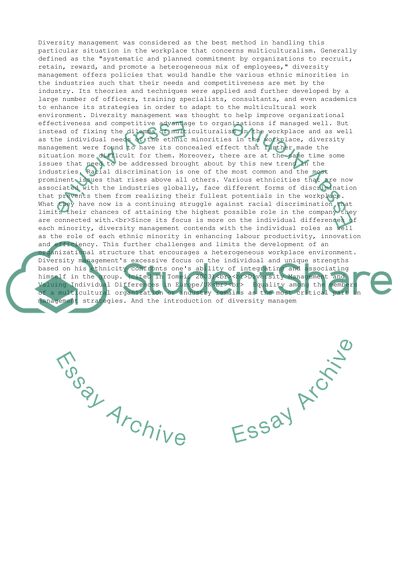Cite this document
(“Diversity Management Essay Example | Topics and Well Written Essays - 3000 words”, n.d.)
Diversity Management Essay Example | Topics and Well Written Essays - 3000 words. Retrieved from https://studentshare.org/management/1507349-diversity-management
Diversity Management Essay Example | Topics and Well Written Essays - 3000 words. Retrieved from https://studentshare.org/management/1507349-diversity-management
(Diversity Management Essay Example | Topics and Well Written Essays - 3000 Words)
Diversity Management Essay Example | Topics and Well Written Essays - 3000 Words. https://studentshare.org/management/1507349-diversity-management.
Diversity Management Essay Example | Topics and Well Written Essays - 3000 Words. https://studentshare.org/management/1507349-diversity-management.
“Diversity Management Essay Example | Topics and Well Written Essays - 3000 Words”, n.d. https://studentshare.org/management/1507349-diversity-management.


